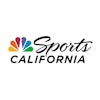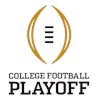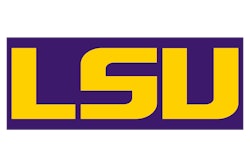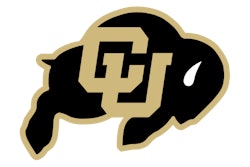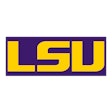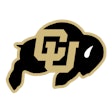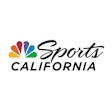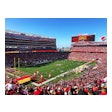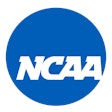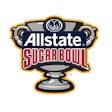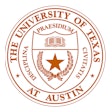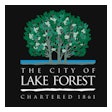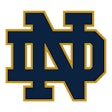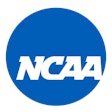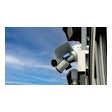Copyright 2018 Times-World, LLC
All Rights Reserved
The Roanoke Times (Virginia)
More than half of soccer players suffer some concussion symptoms annually.
Virginia Tech researchers are working to reduce that number by rating the head injury-prevention effectiveness of headbands and caps available on the market for soccer players. The system will give players and their parents a unique safety perspective by using the first independent ratings system of its kind.
"It's very exciting," said Steve Rowson, a biomedical engineering and mechanics professor and director of the concussion lab.
Virginia Tech's Helmet Lab announced it will now rate headbands used in the world's most popular sport to mitigate head injuries. In the rollout, Tech researchers rated 22 pieces of headgear on a five-star scale.
Researchers gave the highest five-star rating to three pieces of headgear and the lowest two-star rating to six devices. Rowson recommends using the five-star models or the five four-star models.
The lab has been rating football helmets' effectiveness to prevent head injuries since 2011. It also began rating hockey helmets in 2015.
The lab has rated 41 football helmets over the years, of those 17 are currently produced.
Concussion prevalence in soccer isn't breaking news. The first study to reveal that more than 60 percent of soccer players experienced concussion symptoms was published by researchers at McGill University in Canada in 2002.
Recognizing the problem FIFA, soccer's international governing body, approved head-injury prevention devices like padded caps and headbands in 2004.
Despite this, headgear only is popular with players who've already suffered concussions , Rowson said.
"When given an option, most athletes aren't going to wear an optional piece of protective equipment," he said.
But Tech researchers wanted to give an indication of how well the devices work in hopes of using them for preventative measures, said Abi Tyson, a Tech researcher who led testing efforts.
Equally important is showing which products, marketed to prevent concussions, don't actually work well, Rowson said.
Most concussions in football occur at 100 Gs of force, or about 100 times the force of gravity, Rowson said. In soccer, many head-to-head collisions feature 150 Gs of force to each player's head.
The nature of head injuries in soccer is much different from those in football or hockey, Tyson said.
And that required a different system for testing that was carefully planned based on how soccer concussions most often occur: A stationary head waits at the end of a device. Another head at a slight angle is propelled toward it and the force on the stationary head is measured, Tyson said.
The researchers then compared force to the head using various types of headgear to measure the impact of head trauma.
The soccer rating will be the first of many the lab will unveil this year, Rowson said.
He said in the next year, the group hopes to release star-ratings for headgear in baseball, softball and cycling. The lab also plans to add ratings for youth football helmets.
Though the testing for other sports looks different, Rowson said, what they group learned from football was important in developing the next generation of tests.
He said it took about three years to perfect the soccer testing.
That required watching countless hours of injury videos and working on ways to replicate them in the lab, Rowson said. It's important research as the group works on ways to try to mitigate head injuries, though Rowson said there is still a chance to get a head injury while using the products. That chance is just lowered by the high-star devices.
The bottom line is that the Tech lab that assigns star-ratings for concussion prevention devices will keep going, in an attempt to reduce concussions by raising awareness on what can actually help in lowering the risk of having brain trauma, Tyson said.
"We're trying to be a source to consumers and give them information that they previously didn't have," she said.
Read More of Today's AB Headlines
Subscribe to Our Daily E-Newsletter
Terms and Conditions Privacy Policy











